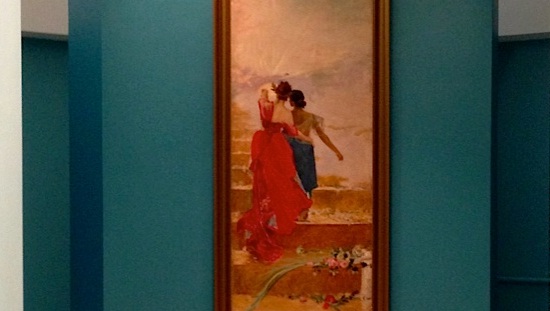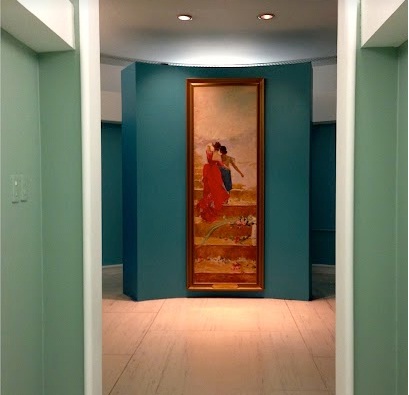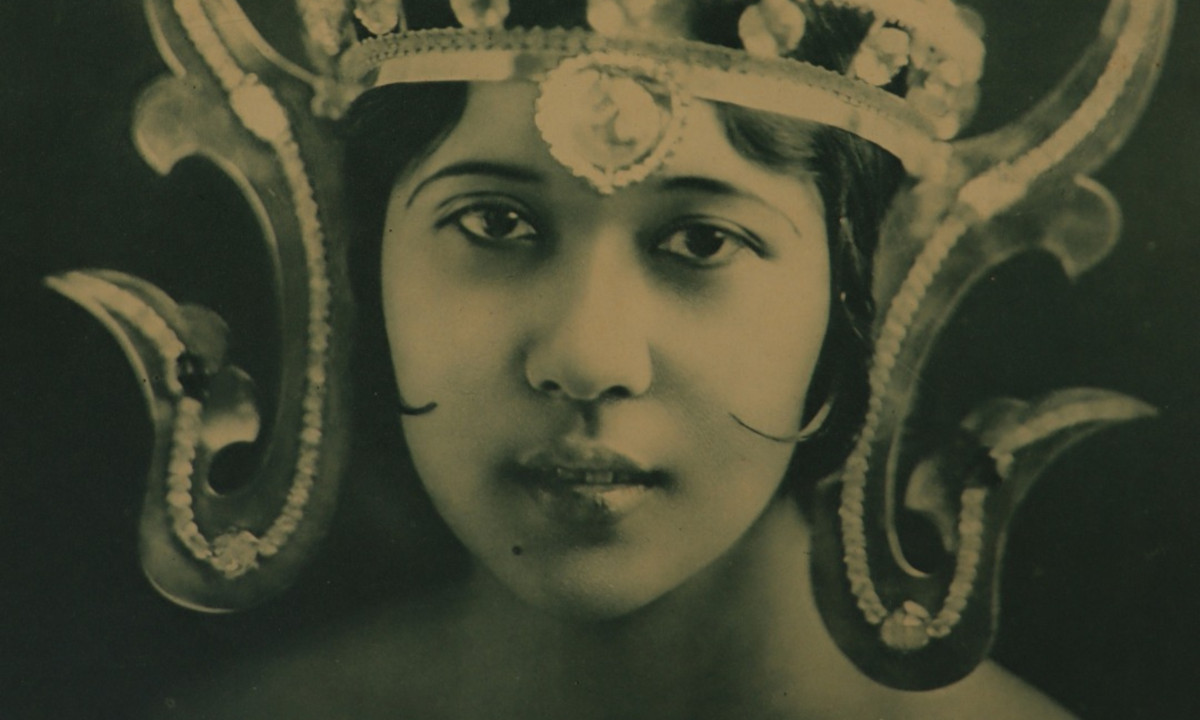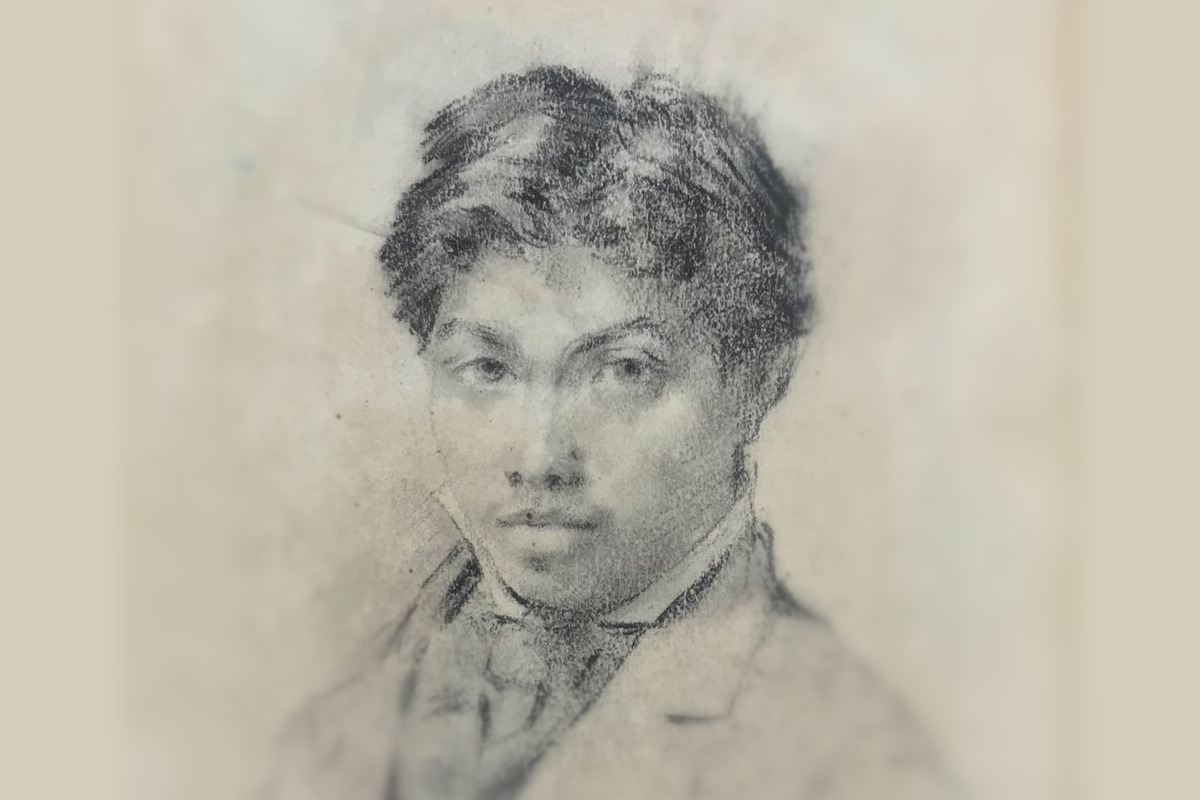By NORMAN SISON
UPON entering the gallery, museum visitors are immediately greeted by a huge painting, prominently displayed in a rotunda at the end of the hall.
Completed in 1886, the oil-on-wood painting “España y Filipinas” (“Spain and the Philippines”) is the crown jewel of the Lopez Museum & Library’s collection of 41 paintings done by the Philippines’ foremost artist, Juan Luna.
Most Filipinos think of Luna when it comes to Philippine art because of his gigantic masterpiece, “El Expoliarium”, (“The Spoliarium”) housed at the National Museum of the Philippines. Measuring over 13 feet high and 23 feet across, the painting won Luna a gold medal at the 1884 Exposición Nacional de Bellas Artes de Madrid.
Popular historian Ambeth Ocampo is quick to point out, however, that there is another painter behind Luna that Filipinos often overlook: Félix Resurección Hidalgo.
Hidalgo won a silver medal for his painting, “Virgenes Cristianas Expuestas al Populacho” (“Christian Virgins Exposed to the Populace”), at the same 1884 Madrid national art contest where Luna won a gold medal. A copy of the painting is on display at the Metropolitan Museum of Manila.
Back in the late 19th century, for Filipinos in Spain campaigning for democratic reforms in their homeland, the successes of Luna and Hidalgo was a boost to national pride and their cause. Just as Filipinos today celebrate singer Lea Salonga and boxing champ Manny Pacquiao, the Filipino community in Madrid held a banquet in honor of the two artists at the Hotel Inglés on the evening of June 25, 1884.
There, in a florid speech, Jose Rizal gave a toast about how Luna and Hidalgo demonstrated his dream of Filipinos becoming the equal of Spaniards and enjoying rights granted to Spanish citizens, and his country earning its place in the world.
“In the history of nations there are names that are related to an event which bring love and greatness to mind; names which, like magic formulas, evoke agreeable and pleasant thoughts; names which somehow take on the meaning of an agreement, a symbol of peace, a bond of love among nations. Luna and Hidalgo belong among these names; their glorious achievements illuminate the two ends of the globe: the Orient and the West, Spain and the Philippines,” Rizal told the gathering of about 60, mostly Filipinos and a few Spaniards.
Rizal debunked the myth of his day that Filipinos were racially inferior. “Luna and Hidalgo bring glory to Spain as well as to the Philippines; they were born in the Philippines, but they could have been born in Spain, because creative genius does not manifest itself solely within the borders of a specific country: it sprouts everywhere; it is like light and air; it belongs to everyone: it is cosmopolitan like space, life and God.”
In 1898, Luna went on to become a diplomat and tried to get recognition for the newly independent Philippine Republic. He was in Paris when Spain and the United States negotiated the future of the Philippines following the end of the Spanish-American War, which ended in a US victory. He even designed uniforms for the nascent Philippine Army during the revolution.
Hidalgo, on the other hand, lived a quiet life of painting during and after the revolution.
Luna’s “España y Filipinas” — also known as “España Guiando a Filipinas” (“Spain Guiding the Philippines”) may well illustrate the vision that Rizal had for the Philippines. It shows a Spanish woman with an arm around a Filipino woman as they climb a staircase towards a bright unseen horizon, which symbolized progress. The painting is among several Lunas and Hidalgos currently on exhibit at the Lopez Museum, celebrating their greatness.
However, Rizal’s vision remains a dream. Many Filipinos readily profess an affection for the United States. Meanwhile, Spain remains a distant memory despite Madrid’s attempts in recent years to deepen Spanish-Filipino ties. The anger is still there.
Ocampo says Filipinos should put the past behind and build on the future.
“You have to come to terms with the colonial period because that is how we started. The Spanish period brought good things and bad things, but the way you are taught in school, you are brought to understand that colonialism is evil,” he says. “However, we became a nation because we grew from that colonial experience. It doesn’t make colonialism right, but you need to look at it in context.”
Textbooks often tell history in broad strokes, Ocampo explains. That is why he wants Filipinos to see is the fine details such as the human side behind the genius of Luna, Hidalgo and other figures and fully appreciate their place in history.
Such is the case of Luna. A jealous hothead, Luna shot dead his wife and mother-in-law, and wounded a brother-in-law on September 23, 1892, at their Paris home for alleged adultery. A French court acquitted him in 1893, ruling that the crime passionnel was excusable — especially for a semisavage.
The acquittal didn’t mean that Luna didn’t do it. He was still ordered to pay the Pardo de Taveras 1,651 francs and 83 cents in damages, plus 25 francs for postage.
However, history remained kind to Luna, thanks to his achievements — just as Filipinos today elect politicians convicted of criminal offenses. Ocampo explains the willingness to forgive Luna: “We cannot have heroes as murderers.”



